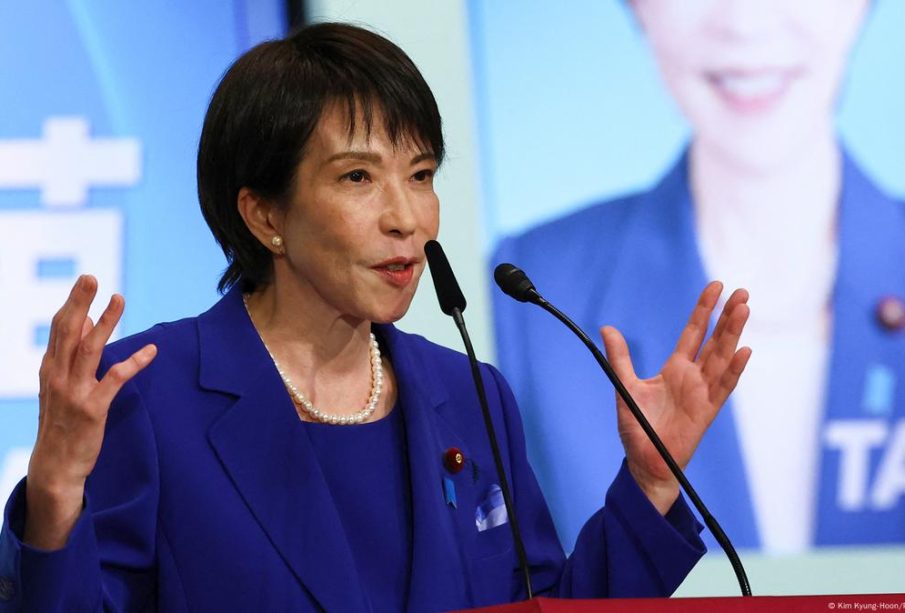Sanae Takaichi: A Rising Star in Japanese Politics

Introduction
Sanae Takaichi has emerged as a prominent figure in Japanese politics, particularly noted for her position within the ruling Liberal Democratic Party (LDP). As the first female Minister of Internal Affairs and Communications, Takaichi’s influence is shaping the political landscape of Japan, pushing boundaries in a traditionally male-dominated arena. Understanding her role and direction is crucial as Japan navigates economic recovery and geopolitical instability.
Recent Developments
In recent months, Takaichi has taken on key responsibilities that have drawn significant attention. In the wake of various domestic and international challenges, she has advocated for strengthening Japan’s cybersecurity measures and digital infrastructure, recognising the growing threats posed by cybercrime. Her initiatives include implementing stricter regulations on data privacy and enhancing cooperation between private and public sectors to safeguard citizens’ information.
Moreover, Takaichi is a vocal supporter of Japan’s potential constitutional amendments regarding its Self-Defense Forces, advocating for a more proactive military stance in the region. Her views align with broader geopolitical strategies aimed at countering China’s assertiveness in Asia and responding to North Korea’s military tests. This stance reflects a shift in Japan’s post-war pacifist policies and has sparked both domestic and international discussions.
Political Significance
Takaichi’s ascent in the ranks of the LDP is significant not only for her gender but also for her policy direction. As one of former Prime Minister Shinzo Abe’s protégés, she embodies the continuation of Abe’s ‘Abenomics’ and security policies. Her role could influence Japan’s future policies, especially with upcoming elections and shifts in public opinion regarding national security and economic strategies. Many analysts believe that her policies may lead to a more assertive Japan, providing insight into how previous ultraconservative ideals may evolve under her leadership.
Conclusion
Sanae Takaichi stands at a pivotal moment in Japanese politics, representing both a progressive movement and a return to traditional nationalistic policies. As she continues to champion important issues affecting Japan’s security and information technology, her influence as a leader will likely grow. Observers and citizens alike will be watching closely, as her actions may not only shape the immediate political landscape but also set the course for Japan’s future on a global stage. Given the complexities of contemporary global relations, Takaichi’s policies could mean significant changes for the region, highlighting her role as a key player in Japan’s political narrative.









